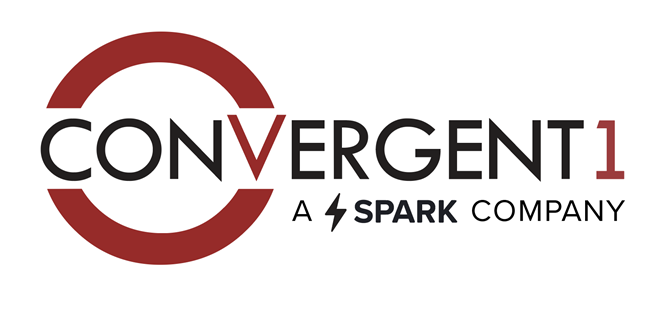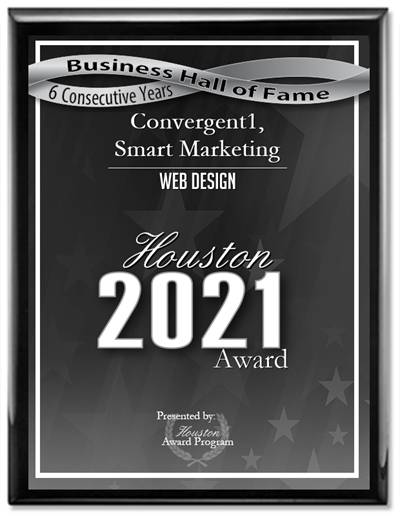As with most modern web design concepts, it’s always evolving as the needs of site visitors evolve. Today’s demands are closely related to the increased use of mobile devices; yet, design changes also involve psychology, marketing needs, and the need to keep sites neat and orderly. One of the current trends is the adoption of hamburger menus rather than the ubiquitous menus found on traditional sites.
Defining the Differences
Traditionally, menus are horizontal bars across the top of a screen that allow site visitors to select from a variety of options. That means site visitors have numerous options available immediately when accessing a site. While that can be good, there are drawbacks to the strategy. See some of Convergent1’s traditional menu web design samples.
Hamburger menus—those unassuming multi-line icons generally located in the upper right corner of a page—don’t immediately attract the eye of a site visitor. If the objective of a site owner is to market a product or service, is this a good or bad thing?
Understanding the Marketing Strategies Involved
Modern web design generally focuses on specific elements to establish the overall tone of a site, and marketing experts generally agree it’s more important to prioritize information and how it’s delivered early.
With a traditional design, the current thinking is that site visitors tend to be overwhelmed with information and choices too early in the process. When everyone was employing the same design strategy, it worked even though it might not have been the best way to attract business.
Rather than allowing visitors to be distracted by too many options early in the visit, design experts are now leaning toward a strategy of developing the site’s objective early in a more minimalistic way. That’s where the hamburger-style menu comes into play. It’s always there, but doesn’t immediately distract site visitors.
Grasping the Importance of Hamburger Menus for Small Screens
Another, and arguably more important, reason for exploring the use of hamburger menus is the migration from large screens to mobile devices with smaller screens. Today, site visitors are just as likely to be using a smartphone or tablet as they are to be using a desktop or laptop device. That means designers have to be even more sensitive to design aspects as they’ll appear to users of small-screen devices.
Competition Means Looks Are Even More Important
Attractive web designs have tended to be more effective in the past, but competition levels experienced in most market segments now virtually require eye-catching, informative sites to garner the market share needed. Visitors want quality graphics and fonts in addition to information. If a traditional menu gets in the way of that objective, a hamburger menu offers a workable alternative.
Looking at the Big Picture
At Convergent1 in Houston, we work closely with clients to determine what elements will garner the greatest results. Marketing is rapidly evolving, and online marketing strategies must change with the needs of site visitors, along with the way those visitors access websites. We understand that with all that’s going on and changing with online marketing, you’re quite interested in taking advantage of exciting and new strategies. You can take the first step to victory now by contacting our Convergent1 team. Give us a quick call to discuss your needs at 713-690-0707.










